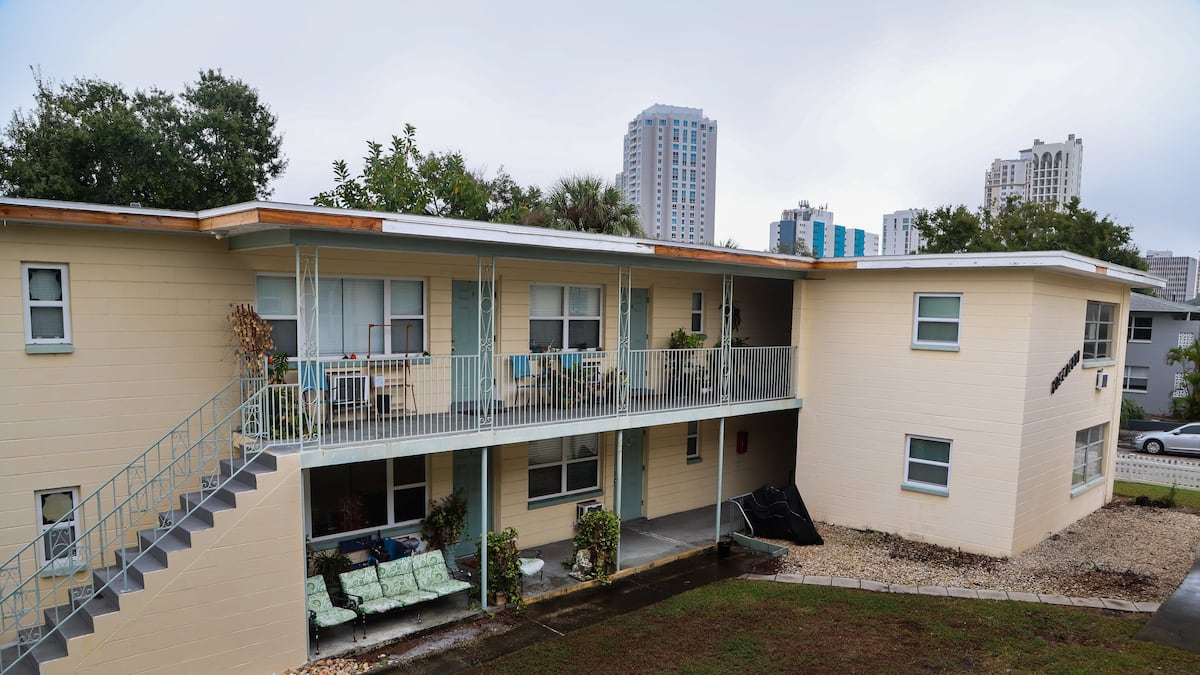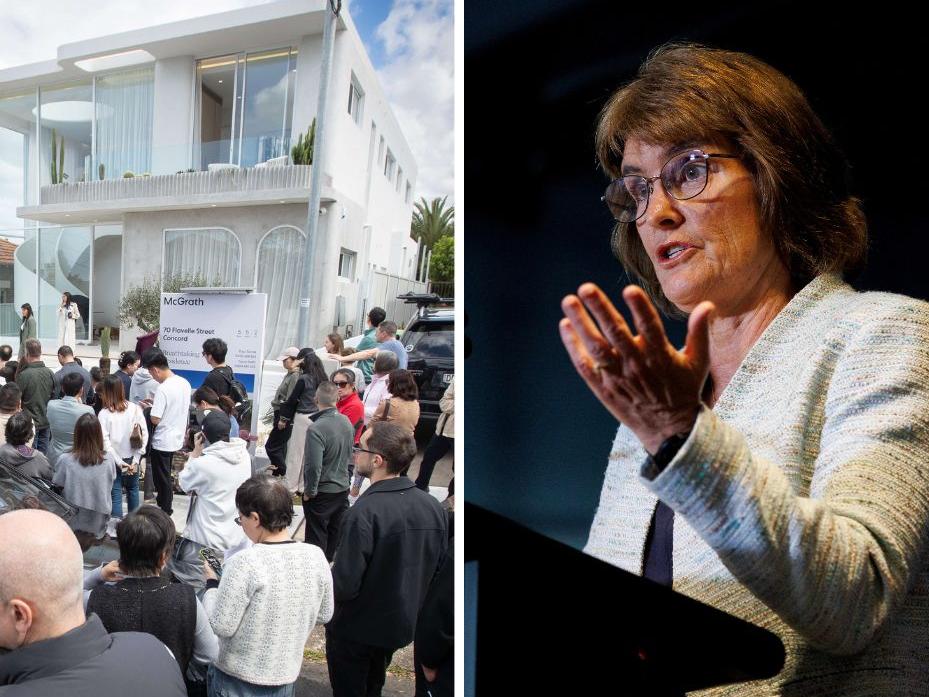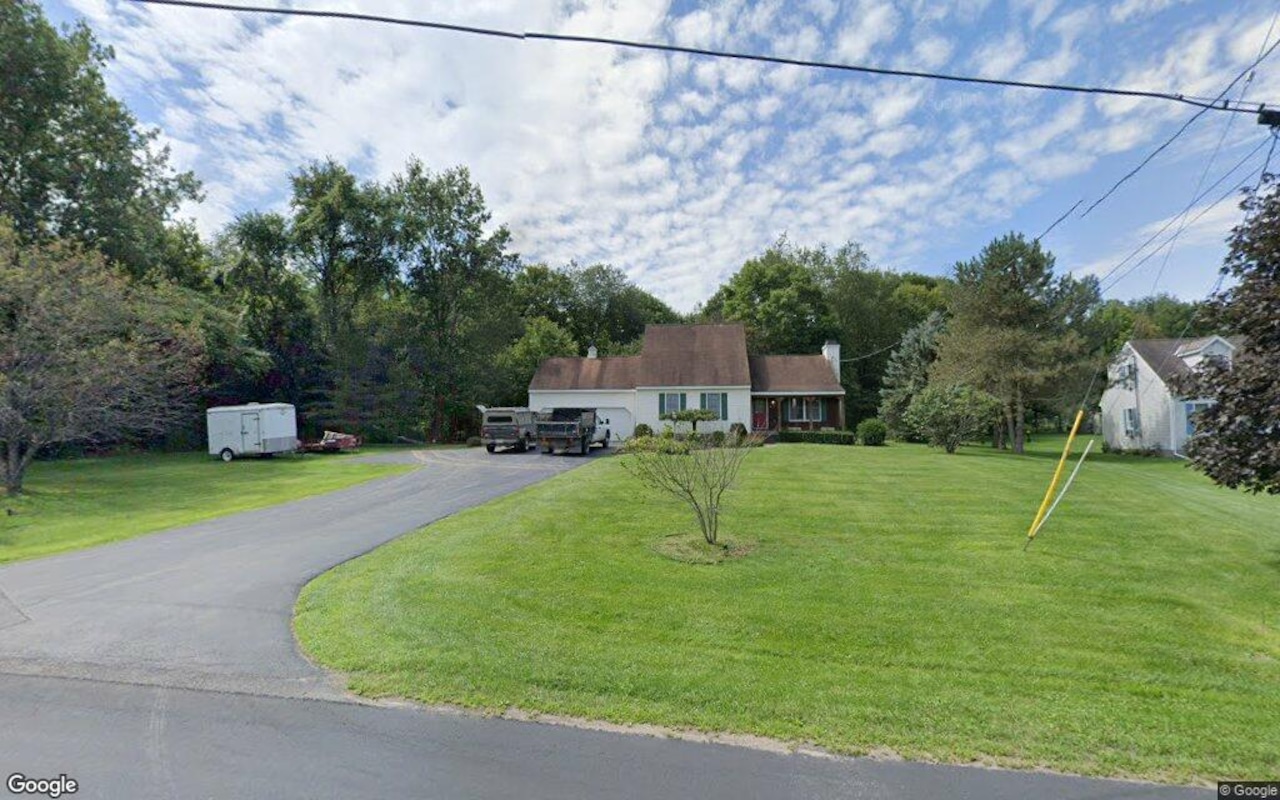G
reg Corbin's firm specializes in marketing bankruptcy sales, particularly from rent-stabilized properties. "We're getting hired on these every week or two," he said, anticipating a surge in business for 2025. With a dozen such properties currently on the market and half a dozen in contract, it's clear that bankruptcies are becoming more frequent for this asset class.
The rising interest rates for new loans compared to expiring ones and increasing operating expenses since the 2019 rent law passed likely contribute to this trend. However, there is no data available from the city's Rent Guidelines Board or state's Division of Homes and Community Renewal on rent-stabilized bankruptcies, as they don't track them.
Landlords argue that drastic changes to the rent law in 2019 were unpredictable and have been compounded by rising operating costs. Tenant advocates counter that owners should not have borrowed too much against their properties, and the market will reset their value when sold in foreclosure. While some commentators suggest owners could avoid interest rate concerns by paying cash for buildings, this is unrealistic.
As former astronaut Frank Borman said, "Capitalism without bankruptcy is like Christianity without hell." Owners of rent-stabilized buildings agree that bankruptcies are a necessary consequence of overpaying for properties or taking on excessive debt. With the debate ongoing, Greg Corbin's phone continues to ring with new business opportunities.
In other news, Congress has considered 36 bills restricting property ownership by foreign entities, and 34 states have introduced another 128 such bills. A $9.75 million mortgage was recently recorded for a unique row house in Park Slope, which features a 90-foot-long ballroom and bowling alley from its days as the Swedish American Athletic Club.
A new bank branch has opened in Red Hook after a decade without one, and Spring Bank is also the first to be headquartered in the South Bronx in 25 years. It's a certified B-corp, making it the first such bank in the state.
Walkable urban places, or WalkUPs, make up only 3% of land mass but account for significant economic value, including 26% of real estate valuation and 57% of GDP in cities studied by Cushman & Wakefield.














